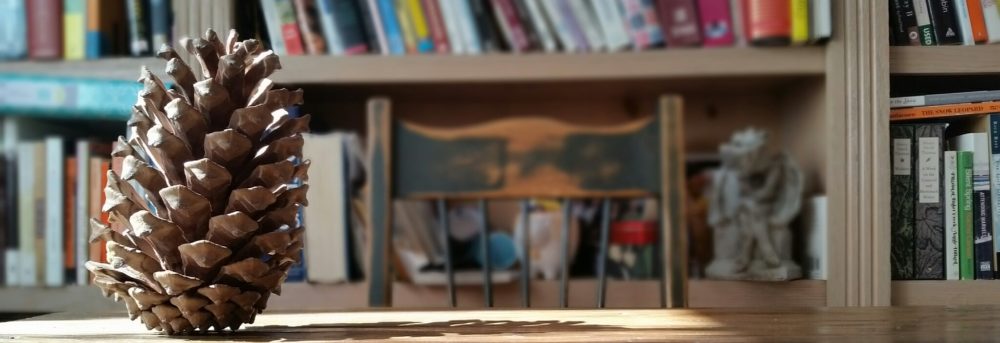“The great book, always open and which we should make an effort to read, is that of Nature” —Antoni Gaudí

Door Detail-Sagrada Familia
Photo by: Paula Nixon
Still woozy with jet lag, Dave and I stopped as we emerged from the metro tunnel to take in our first view of La Sagrada Familia. The day was sunny and hot, busloads of tourists swarmed, and sidewalk vendors clicked bright red castanets attached to their fingers, hoping to entice us to buy a souvenir. I gazed up and tried to find the words to describe it.
The unfinished cathedral, designed by Catalan architect Antoni Gaudí, with its numerous bell towers is prominent on the Barcelona skyline. He took over the project in 1883 when the original architect resigned. It became his life’s work.
Dave photographed it from all sides and every angle he could get to—outside the fence. Entry tickets were sold out for the day. It was a good thing. I wasn’t ready to fully appreciate Gaudí’s masterpiece.
Another metro trip and we emerged in the much calmer Gracia neighborhood and lined up for the tour of Casa Mila, a Gaudí design originally built as a private residence/apartment house. We started on the roof, took pictures of each other standing in tile-wrapped arches, and admired the fanciful chimney and vent covers.

Chimneys at Casa Mila.
Photo by Paula Nixon
By the time we descended into the attic, framed with catenary arches, I was enchanted. Originally used to hang the laundry, the space is now filled with exhibits outlining Gaudí’s design methods and highlighting his influences, many directly from nature. I studied the skeleton of a snake housed in a glass case. It looked strikingly similar to the arches we were standing under.
A few days later, rested, with tickets in hand we returned to La Sagrada Familia. Two hours, three hours, I lost track of time trying to take in the intricacies of Gaudí’s design—doors covered with leaves populated with beetles and butterflies; columns designed to mimic the structure of trees; gargoyles, in the form of lizards and frogs, represented creatures displaced by the construction of the massive cathedral.
Back home I continued to think about Gaudí and his devotion to nature. In Gijs Van Hensbergen’s 2001 biography of the architect he addresses the extremes that Gaudí went to. “When preparing the decoration of the façade, what [he] wanted was an exact copy of nature, so he roamed the parish for years looking for the right models.”
This search for the perfect models went beyond humans and extended to animal depictions as well:
“Chickens and turkeys were chloroformed, greased and quickly cast in plaster before coming round again. [A] donkey was trussed up and lifted in a harness, where it could be more easily modelled. A dead owl found one morning was quickly used by Gaudí as a perfect emblem for Night.”
The architect’s life was cut short when he was killed by a trolley car in 1926, leaving La Sagrada Familia unfinished. But the work continues. By the time we turned in our audio tour headsets late in the afternoon the tile setters and stone masons had returned from lunch to pick up where they had left off–bringing to life the vision of Antoni Gaudí.
Like this:
Like Loading...














